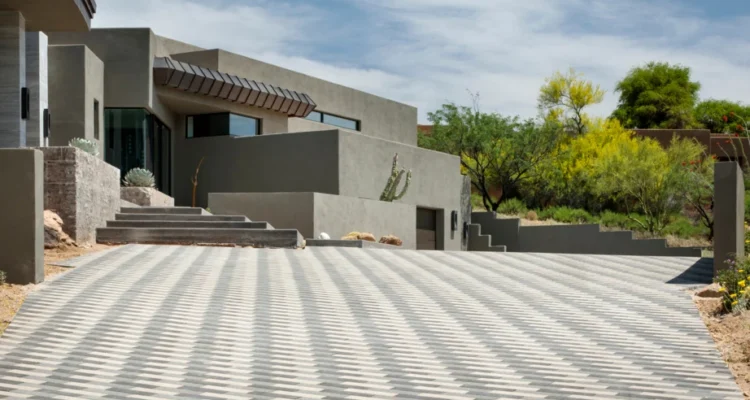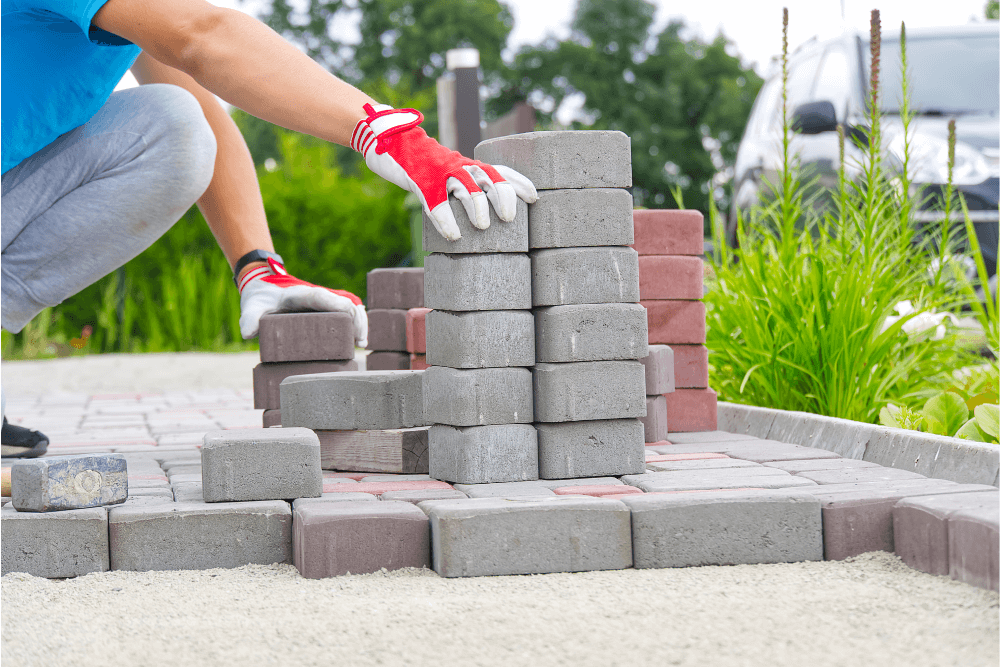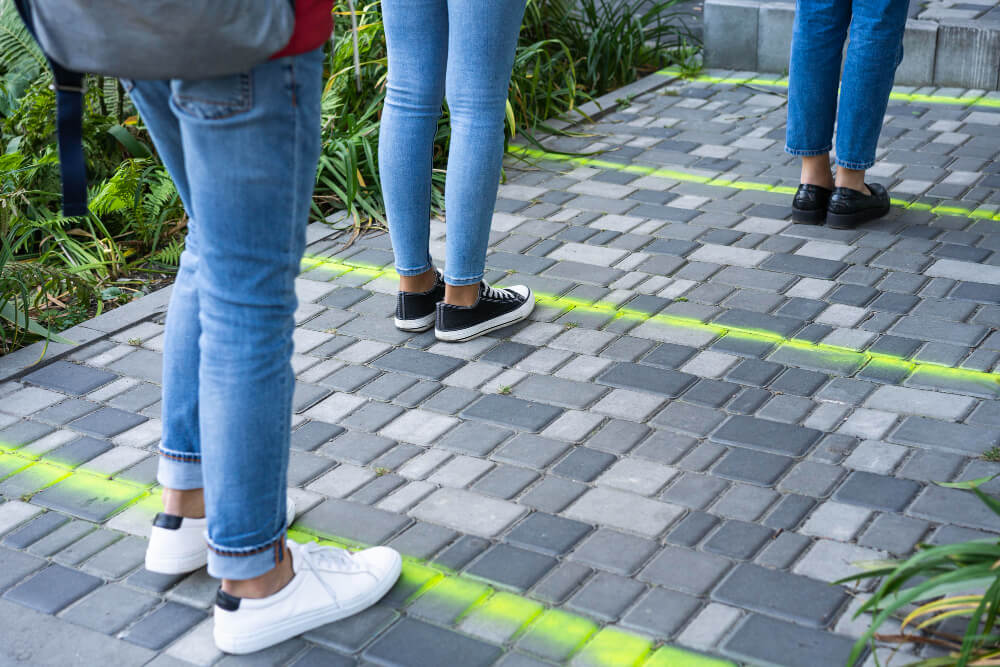We use cookies to help you navigate efficiently and perform certain functions. You will find detailed information about all cookies under each consent category below.
The cookies that are categorised as "Necessary" are stored on your browser as they are essential for enabling the basic functionalities of the site. ...
Necessary cookies are required to enable the basic features of this site, such as providing secure log-in or adjusting your consent preferences. These cookies do not store any personally identifiable data.
Functional cookies help perform certain functionalities like sharing the content of the website on social media platforms, collecting feedback, and other third-party features.
Analytical cookies are used to understand how visitors interact with the website. These cookies help provide information on metrics such as the number of visitors, bounce rate, traffic source, etc.
Performance cookies are used to understand and analyse the key performance indexes of the website which helps in delivering a better user experience for the visitors.
Advertisement cookies are used to provide visitors with customised advertisements based on the pages you visited previously and to analyse the effectiveness of the ad campaigns.

Paver installation is a popular and durable solution for enhancing entrances and driveways. Beyond improving curb appeal, it also adds functionality and increases property value. Whether you’re a DIY enthusiast or planning to hire a professional, understanding the process and key considerations can help you achieve a flawless result. Below, we’ll guide you through additional steps and tips to complement your project.
Before starting, evaluate the soil conditions and slope of the area. An appropriate slope (around 2%) ensures proper drainage and prevents water accumulation.
Choose pavers that suit the intended use (pedestrian or vehicular traffic) and match your desired aesthetic. Ensure you have high-quality sand for the bedding layer, joints, and sturdy edge restraints.
Before installing paver floors, it’s essential to have all the necessary tools and materials. Here’s a list of materials:

Define and trace the lines marking the border or perimeter of the installation area, allowing the paver to be oriented straight with parallel and transversal lines. Select the installation pattern that best suits your needs and aesthetic design.
To start, install the paver manually and orderly. Then adjust each paver to avoid displacements.
Discreetly cut paver pieces according to the defined perimeters on each side.
Safety Tips: Throughout the process, ensure to follow appropriate safety measures, such as searing gloves, and safety glasses, and pay attention to potential cutting hazards.

To keep your pavers in optimal condition, perform regular cleaning and repair any displacement or damage immediately.
Regular Cleaning:
Sweep the surface regularly to remove debris and maintain its appearance.
Joint Repair:
Refill the joints with sand as needed to maintain stability.
Weed Control:
Apply suitable herbicides or use polymeric sand in the joints to prevent weed growth.
Installing pavers in entrances and driveways can transform the look and functionality of your outdoor spaces. By following these detailed steps and considering key factors like drainage and maintenance, you can achieve a long-lasting and visually appealing result. Whether you’re taking on this project yourself or working with a professional, attention to detail is the key to success. For more guidance, explore our website or check out our resources for additional inspiration and tips.